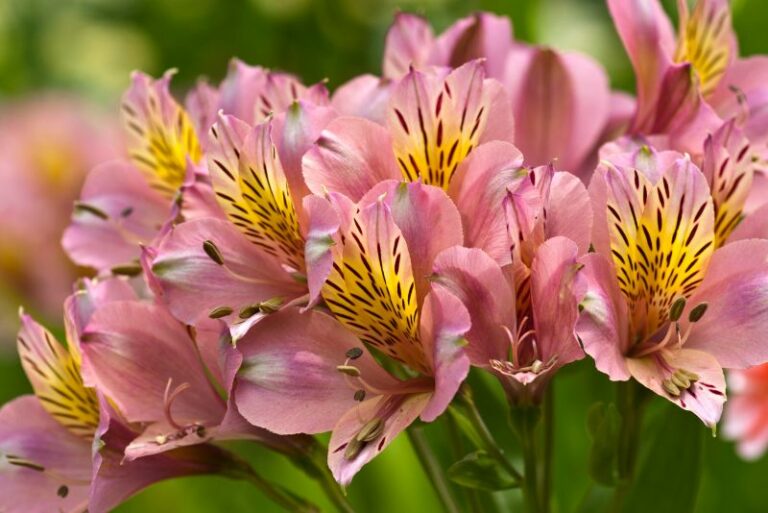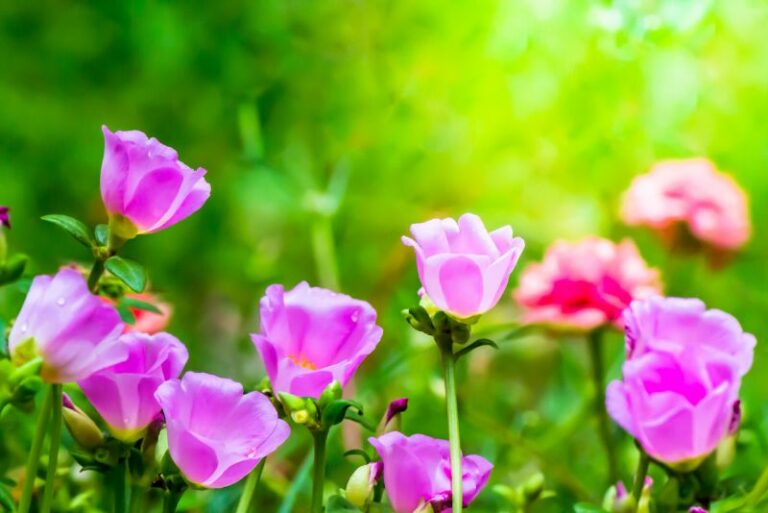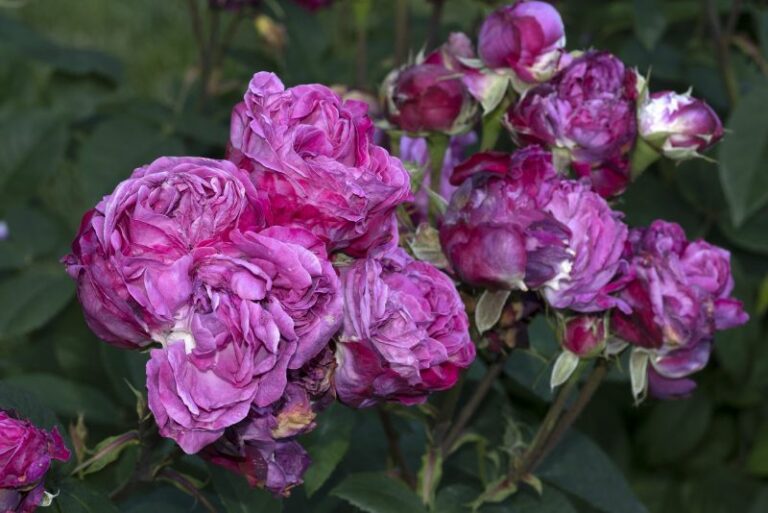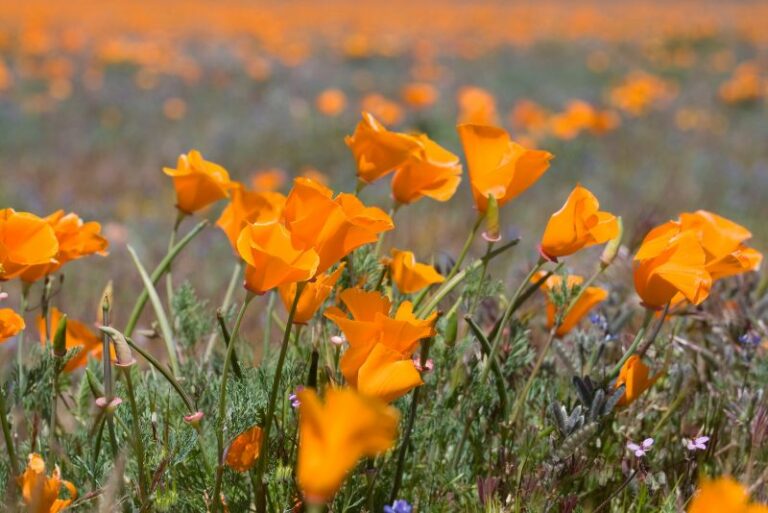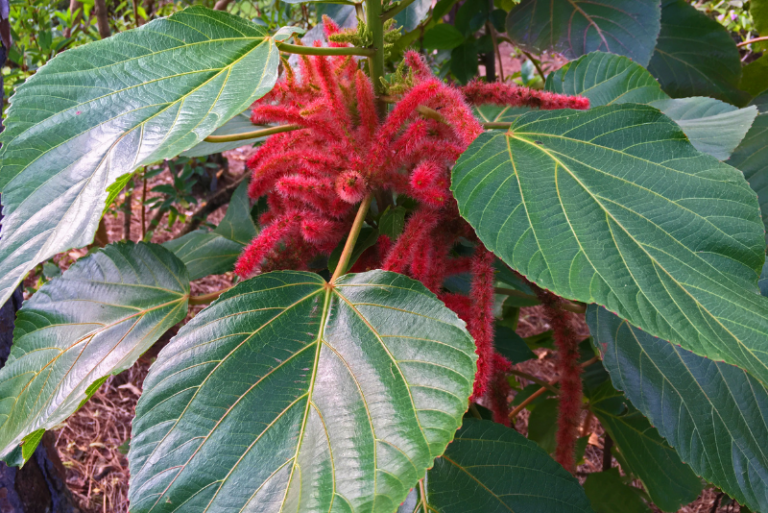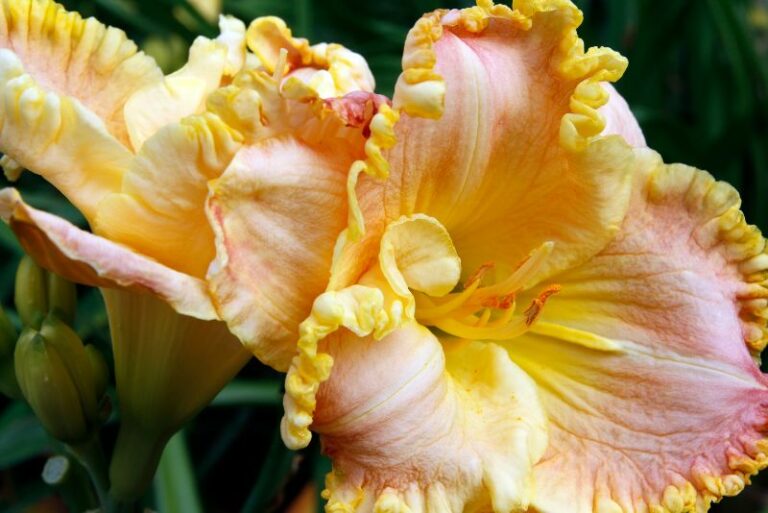How and When to Prune Bleeding Heart Plants?
A masterpiece in the garden, the delicate foliage and distinctive heart-shaped flowers of the Bleeding Heart plant (Dicentra spectabilis) add a touch of enchantment to any landscape. For admirers and caretakers of this captivating plant, understanding when and how to prune it is critical for sustaining its vibrant health and beauty. Whether you’re a seasoned gardener, a plant enthusiast, or a landscape designer looking to fine-tune your knowledge, this guide promises to illuminate the best practices for pruning the Bleeding Heart plant.
Understanding Bleeding Heart Plants
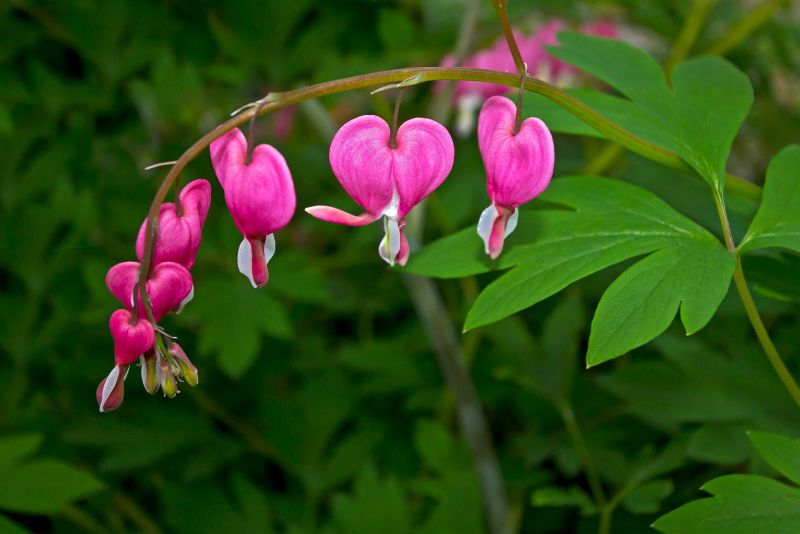
Before the shears come out, it’s important to grasp the basics of this unique perennial. Bleeding Heart plants are known for their arching sprays of heart-shaped flowers, usually in shades of pink and red. Their fern-like, compound leaves create a backdrop that’s equally appealing, but the plant’s natural allure can be enhanced with strategic pruning.
Plant Characteristics and Growth Patterns
Bleeding Hearts prefer partial to full shade, cool and moist soil, and have a natural preference for spreading. With a moderate growth rate, they reach a height and spread of around two to three feet, forming mounds as broad as they are tall. Their growing tips are fragile and can be damaged by rough handling, which makes precise pruning important.
Also Read: Bleeding Heart Flower Care: Growing Dicentra Spectabilis
When to Prune?
Timing is everything when it comes to pruning the Bleeding Heart plant. Understanding growth stages and seasonal changes can ensure your plant receives the care it needs to thrive.
Pruning in Spring and Fall
In spring, new growth signals the ideal time for routine pruning. Cutting back the previous year’s growth to a few inches above the ground as new shoots appear allows for a fresh, healthy bloom. In the case of a late second growth in the fall, this should be left to die back naturally and removed then.
Avoiding the Summer Slump
It’s generally a good rule to avoid pruning during the summer months. This is when the plant is storing energy and preparing to go dormant. Midsummer flowering can be deadheaded to promote further growth and extend the bloom period.
Best Practices for Seasonal Pruning
For spring pruning, wait until after the last frost has passed. When you see buds beginning to swell, it’s a good indicator that the plant is ready for a trim. In fall, after the second bloom, leaves should be cut back, but be watchful for early frost warnings, as a layer of leaves can provide protection.
How to Prune?
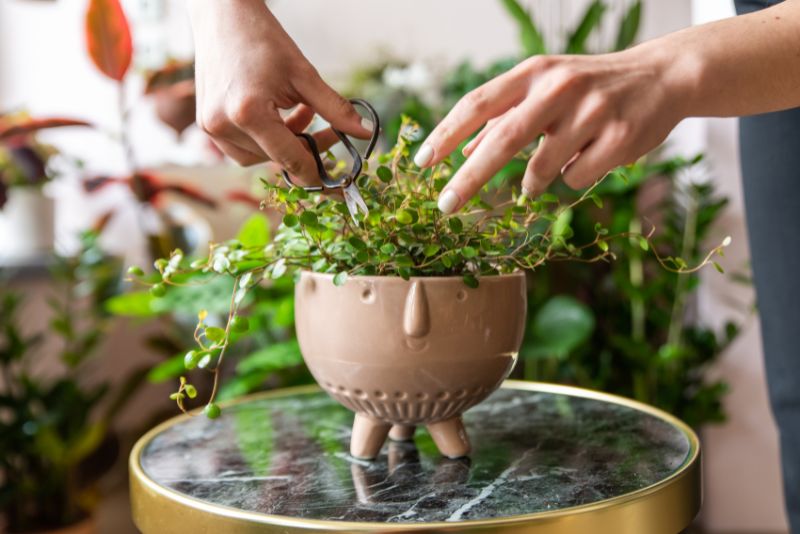
Now that you know when to prune, it’s time to learn how to do it correctly. Pruning is more than just snipping off dead bits—it’s a delicate operation that involves the right tools and techniques.
The Right Tools for the Job
To prune the Bleeding Heart plant effectively, you will need a pair of sharp, clean hand pruners. Any damage or nicks on the blades can lead to jagged cuts and potentially open up the plant to infection.
Step-by-Step Guide on Pruning Techniques
- Identify the Stems: Determine which stems to prune—look for those that are dead, damaged, or diseased, as well as any that are crossing and likely to rub against each other, causing damage.
- Cut at the Base: Use your pruners to snip off the stem at its base. The goal is to make clean cuts at a 45-degree angle. This angle allows for rainwater or dew to drain, rather than collect, which could lead to rot.
- Shape and Size: If your Bleeding Heart is getting unruly, shape it by selectively removing older stems all the way down to the soil line. This will encourage growth from the base and lead to a more compact form.
Remember to step back periodically to evaluate the shape of your plant as you prune. This will help to maintain a balance in the overall appearance.
Pruning Tips for Optimal Growth
Beyond the immediate act of cutting, pruning can have lasting effects on the health and life of your Bleeding Heart plant.
Promoting Blooming
Removing spent flowers is a great way to redirect energy back into the plant for further growth. However, if you want to skip a step, look out for the ‘Gold Heart’ variety, which is a vigorous bloomer and may not require deadheading.
Preventing Diseases
Pruning is not just about removing growth, but also about inspecting the plant for any signs of disease. Regular pruning allows you to spot problems early and take action before they spread.
Shaping for Aesthetics
Bleeding Hearts can have a sprawling, unkempt appearance if left to their own devices. Aesthetic pruning can keep them looking neat and pleasing to the eye. Consider the area in which the plant grows—if it’s alongside a pathway, you may want to prune it more formally, while a woodland garden may call for a more natural shape.
Conclusion
Pruning Bleeding Heart plants is a task that requires both the subtlety of a craftsman and the discipline of a surgeon. With the right approach, you can elevate the beauty of this already charming plant to new heights. The benefits go beyond appearance, influencing the plant’s health, vigor, and ability to bloom. Invite others to join you in this horticultural dance, and soon, your garden will be awash with the graceful splendor of the Bleeding Heart.
Remember, each act of care in the garden is a note in a symphony of growth. Pruning your Bleeding Heart plant at the right time and in the right way is an expression of your understanding and connection to nature. It’s a relationship of give and take, where you give the plant space and guidance, and it gives you beauty and joy in return.
Everyone’s garden is a canvas, and every plant a potential masterpiece. Learn to wield your pruning shears with a steady hand and an open heart, and you’ll soon find that the Bleeding Heart is not only a plant in your garden, but a story woven into its very fabric. Prune with knowledge, care, and love for a garden that sings with life.

